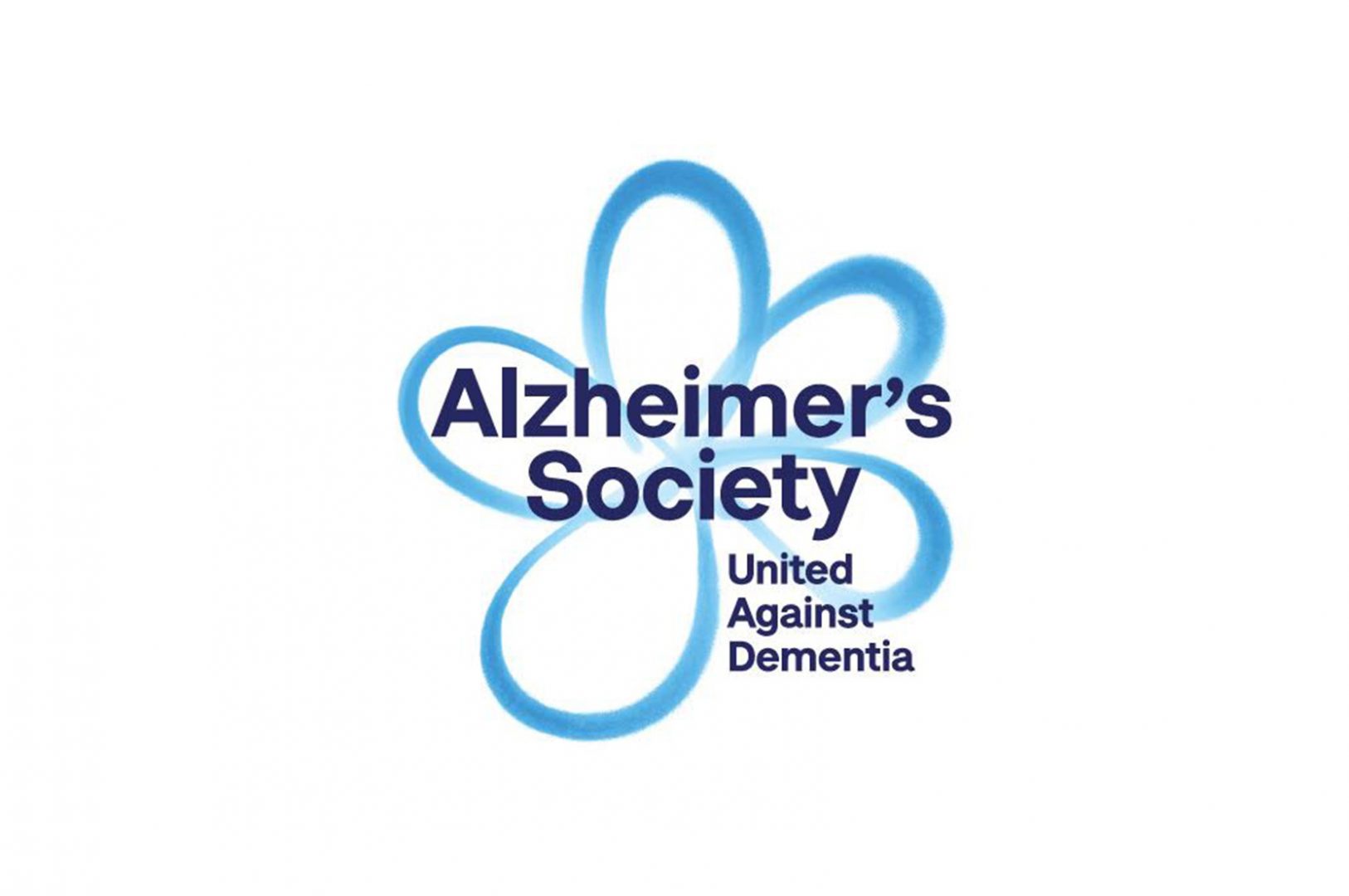What is the difference between Dementia and Alzheimer’s disease?

Dementia is a condition where problems with memory or other types of thinking make it hard for a person to do everyday activities by themselves. It can be caused by several different diseases that affect the brain. Alzheimer’s disease is the most common cause of dementia.
Alzheimer’s disease starts in the brain many years before symptoms start to show. Early symptoms are mild and so don’t stop someone doing their normal everyday activities. It’s only later that symptoms become severe enough to be called ‘dementia’.
Other common causes of dementia include vascular disease, which prevents blood from getting to the brain properly, and Lewy body disease.
Just as with Alzheimer’s, these diseases develop in the brain over many years. Eventually they lead to vascular dementia and Lewy body dementia.
What is dementia?
Dementia is a group of symptoms. It’s caused by different diseases that damage the brain. The symptoms get worse over time and include:
memory loss
Dementia is a group of symptoms. It’s caused by different diseases that damage the brain. The symptoms get worse over time and include:
memory loss
confusion and needing help with daily tasks
problems with language and understanding
changes in behaviour.
Dementia is progressive, which means symptoms may be relatively mild at first, but they get worse over time.
Dementia is progressive, which means symptoms may be relatively mild at first, but they get worse over time.
What is Alzheimer’s disease?
Alzheimer’s disease is the most common cause of dementia. About two out of three people living with dementia in the UK have Alzheimer’s disease, which is sometimes called “Alzheimer’s”.
Alzheimer’s disease is a physical illness which damages a person’s brain. It starts many years before symptoms start to show.
Early symptoms of Alzheimer’s are mild and don’t prevent someone from doing everyday activities by themselves. This is called mild cognitive impairment (MCI).
It’s often not possible at this stage to say for sure that the person’s symptoms are being caused by Alzheimer’s disease, as there could be many other causes.
Eventually Alzheimer’s disease causes so much damage to the brain that the person develops dementia. Technically this type of dementia is called ‘Alzheimer’s disease dementia’. However, most people – including healthcare professionals – just call it ‘Alzheimer’s disease’.
For most people, Alzheimer’s disease starts in and around the part of the brain involved in memory. However, in some rarer types of dementia the disease starts in a different part of the brain and so causes a different set of symptoms. This is called ‘atypical Alzheimer’s’. For example, posterior cortical atrophy is caused by Alzheimer’s in the back of the brain and mostly causes problems with vision.

What causes Alzheimer’s disease
The causes of Alzheimer’s disease are very complex, but one key part is the build-up of two substances inside the brain called amyloid and tau. When conditions in the brain aren’t right, these clump up and form tiny structures called plaques and tangles. These make it harder for the brain to work properly.
Over time the disease causes certain parts to become smaller. It also reduces the amount of important chemicals needed to send messages around the brain.
There is currently no cure for Alzheimer’s disease. However, treatments may temporarily ease some symptoms or slow down their progression in some people.
What are the main other types of dementia – and what causes them?
Vascular dementia: this the second most common type of dementia. It is caused by problems with the blood supply to parts of the brain.
Lewy body dementia: Lewy bodies are tiny clumps of protein that build up in the brain. When this happens, it leads to Lewy body disease. There are two main types:
Dementia with Lewy bodies: When the first signs of Lewy body disease are symptoms of dementia, this is known as ‘dementia with Lewy bodies (DLB)’.
Parkinson’s disease dementia: Lewy body disease can also cause Parkinson’s disease, which mostly involves problems with movement but can also lead to dementia several years later. If it does, this is known as Parkinson’s disease dementia.
Frontotemporal dementia: this is a less common type of dementia. It can be caused by several different types of disease but they all mostly affect the front or the sides of the brain, known as the frontal and temporal lobes.
Mixed dementia: A diagnosis of mixed dementia is generally used when someone has a mixture of clinical symptoms from two or more different types of dementia – for example, if they have symptoms of both Alzheimer’s disease and dementia with Lewy bodies.
How do I know what type of dementia I have?
A diagnosis of dementia needs to be made by a healthcare professional who specialises in dementia, usually following a detailed assessment at a local memory service.
When someone gets a diagnosis of dementia they should ideally be told by the doctor what type they have. This doesn’t always happen though. Sometimes it’s hard to tell what the cause of a person’s dementia is – particularly during the earlier stages.
It’s not always essential to know straight away what the cause of dementia is, but it can help to make better sense of the person’s symptoms and to get the right treatment.
Does Alzheimer’s Society support people with dementia, as well as Alzheimer’s disease?
We support anyone who has dementia. We can help guide people with mild cognitive impairment or who are worried about their memory. Find out how Alzheimer’s Society can support you.
We’re a vital source of support, giving help to everyone who needs it today, and hope for everyone in the future.


